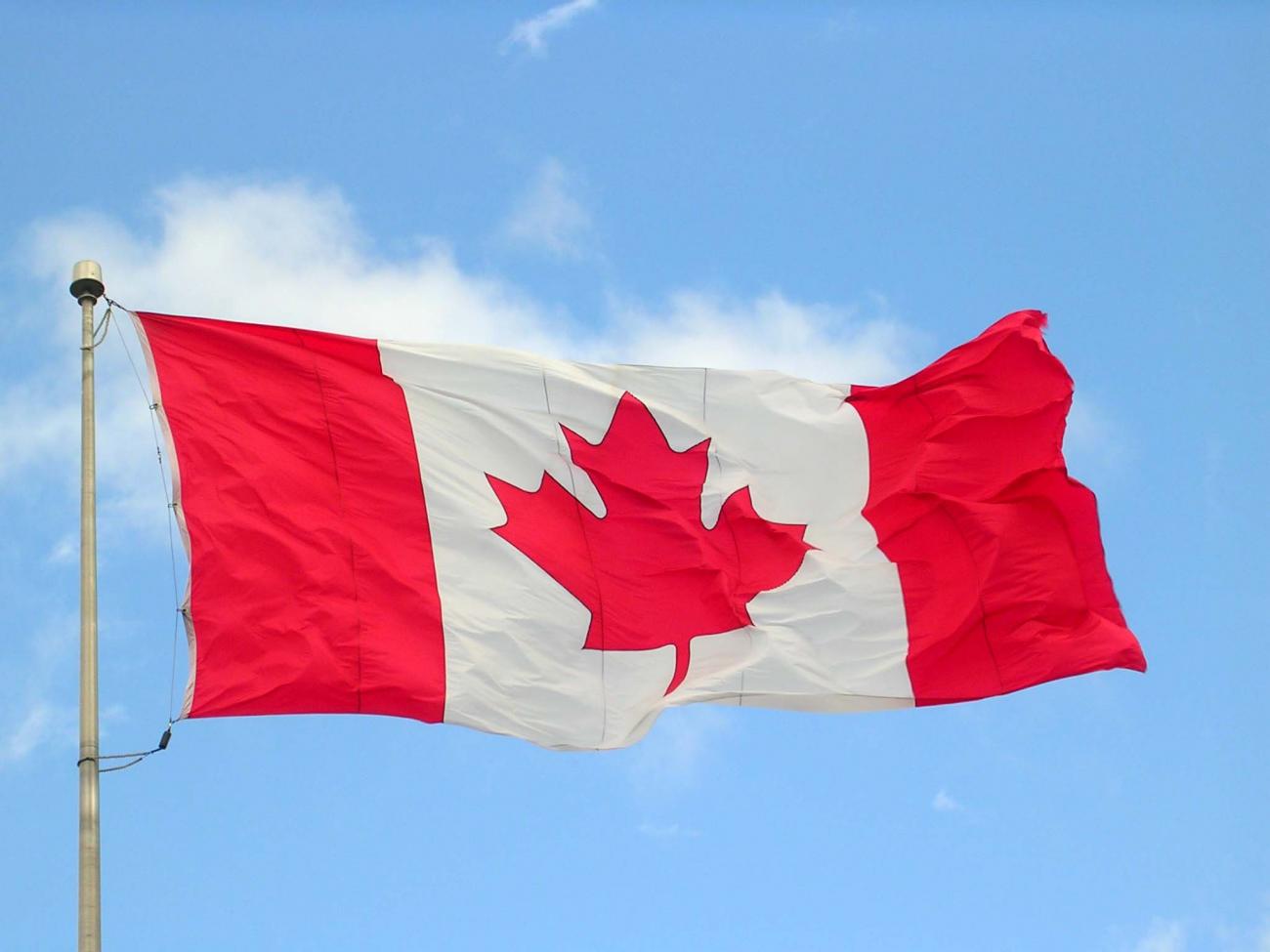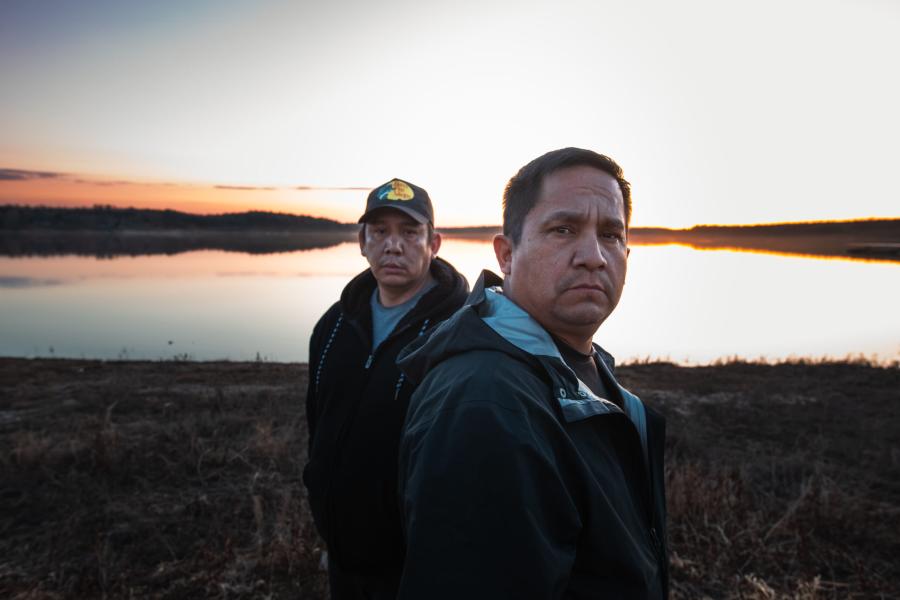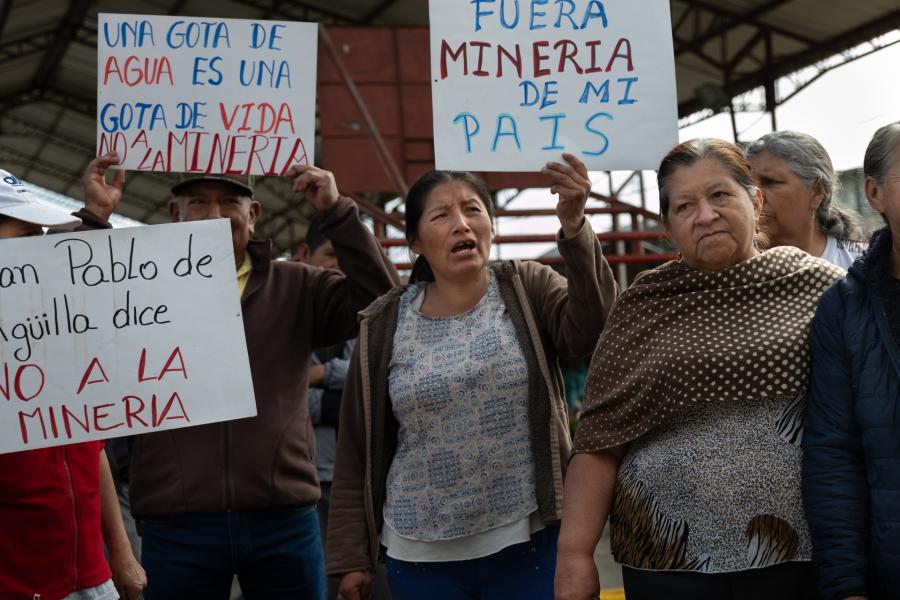
Erika Mayer
In July 2015 Canada’s human rights records was examined based on its obligations under the International Covenant of Civil and Political Rights (ICCPR), an international human rights treaty Canada ratified in 1976. The Human Rights Committee’s Concluding Observations on the sixth periodic report of Canada provided a window into how Canada is upholding human rights both within its borders and abroad, and how its protection of those rights could be improved. The Concluding Observations address a wide range of concerns, including Indigenous issues, excessive use of force by police, and women’s rights.
The UN Human Rights Committee oversees the implementation of the International Covenant of Civil and Political Rights, or ICCPR. The ICCPR is a human rights treaty, and states that have ratified the treaty, called State parties, are obligated to uphold the treaty’s listed human rights and liberties. To ensure that the ICCPR has meaningful rather than merely symbolic effects, State parties submit reports to the Human Rights Committee that detail how the ICCPR is being implemented. Usually these reports are submitted every four years. After analyzing the submitted reports, the Committee releases its Concluding Observations, which include both concerns and recommendations for improvement.
In the Concluding Observations on the sixth periodic report of Canada during the 114 Session (29 Jun 2015 - 24 Jul 2015), no topic received more attention than the many issues affecting Indigenous Peoples. Indigenous Peoples in Canada struggle with discrimination, violence, violations of land rights, and the withholding of federal recognition. On top of these unique problems, Indigenous Peoples also face the same challenges that affect non-Indigenous Canadians—but for them, those challenges are exacerbated. Widespread issues such as violence against women and a flawed criminal justice system often affect Indigenous Peoples even more severely than they affect Canada’s general population.
In Canada as in the rest of the world, Indigenous Peoples struggle for the right to control their lands. The Committee reaffirms the importance of Free, Prior, and Informed Consent, and raises concerns about the financial burden of legal battles over land rights. Such land rights disputes should be resolved quickly not only to safeguard Indigenous treaty rights but also to prevent the costs of litigation from becoming overwhelmingly high.
The dwindling and disappearance of Indigenous languages was also cited in the Concluding Observations as a major problem facing Indigenous communities. There are over 60 Indigenous languages in Canada that fall into 12 different language families. Many of these languages, however, have fewer than 1,000 speakers and are at a high risk of disappearing in only a few years. Policies that aim to promote Indigenous languages, the Committee states, should be reinforced in an effort to save this incredible linguistic diversity and cultural wealth.
The practice of sending First Nations children to Indian Residential Schools is one of the darkest chapters of Canada’s history and a source of immeasurable trauma to thousands of Indigenous children. At these schools, children faced abuse and the intentional destruction of their culture in what has been called a cultural genocide. Canada’s Truth and Reconciliation Commission researched this history to create an accurate record of what occurred and issued 94 recommendations to work towards reconciliation. The Committee states that the Truth and Reconciliation Commission’s recommendations should be followed and raises concerns that redress has not been provided to children who attended the Indian Residential Schools.
Excessive use of force by police is one problem that affects both Indigenous and non-Indigenous Canadians. In particular, the Committee references excessive force used at “Indigenous land-related protests, G20 protests in 2010 as well as student protests in Quebec in 2012.” The Concluding Observations recommend that such violations be thoroughly and independently investigated, and that police found guilty be held accountable. In light of these arrests and the repression of mass protests, the State party “should renew its traditional commitment to the promotion and protection of the exercise of freedom of assembly, association and expression.” And because issues of freedom of expression often deeply affect Indigenous Peoples, the Concluding Observations note that the State party should pursue a dialogue with them.
Excessive use of force and mass arrests against Indigenous protestors is only one facet of a larger problem in Canada’s justice system, the problem of high rates of incarceration for Indigenous people. The Committee suggests that alternatives to incarceration should be considered, and when incarceration is unavoidable, Indigenous people should serve their sentences in their communities.
All too often, the progress of women lags behind the progress of men, and women face specific economic, social, and political hardships. Women’s issues and women’s rights are central to the Committee’s Concluding Observations.
In Canada, one of the most pressing economic issues for women is the pay gap. While many areas in Canada do already have legislation regarding equal pay, this legislation varies throughout the country; different provinces and territories have different legislation, and, as the Committee notes, some provinces lack legislation entirely. The Committee recommends that these inconsistencies be resolved so that all regions and all sectors address the pay gap in their legislation. Pay inequity is worse in certain locations, including Alberta and Nova Scotia, but it is also worse for certain segments of Canada’s population, including minority women and Indigenous women. Therefore, when working towards a solution to the pay gap, these groups of women must receive particular attention.
Violence against women is another serious problem affecting women in Canada, and as with pay inequity, it is a problem that disproportionately affects Indigenous and minority women. Domestic violence often goes unreported, so making it easier and safer for victims to report their experiences is of the utmost importance. This often begins with providing a means for the victim to leave their violent partner by supporting them with shelters and other services. The Committee suggests that the state should provide complaint mechanisms for these victims as well as protection from possible retaliation. Once complaints are made and the safety of the victims is ensured, each case must be fully investigated and the perpetrators must be brought to justice.
Domestic violence is not the only form of violence perpetrated against Indigenous women and girls. These women also face extremely high rates of homicides and disappearances, cases where Indigenous women are murdered or go missing without explanation. The problem is widespread, and the Committee echoes the UN Committee on the Elimination of Discrimination Against Women in calling for a national inquiry. The Concluding Observations note that both better legislation and coordinated police responses could help stop murders and other violent acts from occurring. And finally, the underlying causes of this violence should be addressed to prevent it before it ever begins.
Gender discrimination against Indigenous women has even influenced who is or is not officially recognized as Indigenous by Canada’s federal government. In the past, a First Nations woman who married a non-Indigenous man would be stripped of her Indian Status, federal recognition that offers services, benefits, and programs. Something as intrinsic and crucial as a woman’s identity as First Nations was called into question by her gender and marital status. Although this policy was changed, its effects are still relevant today. Many children and grandchildren of Indigenous women were left ineligible for Indian Status because their mothers or grandmothers lost Indian Status under the old unfair, biased law.
The 2011 Gender Equity in Indian Registration Act attempted to change this. The act is an amendment to Canada’s Indian Act, an 1876 statute that detailed the relationship between the federal government and First Nations. The new act allows the grandchildren of Indigenous women who lost their status by marrying a non-Indigenous man to become eligible for Indian Status. While the Gender Equity in Indian Registration Act allows around 45,000 individuals to register, the Committee notes that its application has been slow. It recommends implementing the act more quickly as well as continuing to strive for gender equity for Indigenous women by addressing discrimination in the Indian Act. For the people of Canada’s First Nations to be guaranteed their rights, they must first simply be recognized as members of their First Nation.
In addition to excessive use of force by police, reform of the criminal justice system, Indigenous land rights, and women’s rights, the Concluding Observations highlight counter-terrorism and immigration detention. The observations raise concerns about Canada’s anti-terrorism legislation and the powers of its security and intelligence agencies. They also condemn the fact that, in Canada, irregular migrants—migrants who lack proper authorization—may be detained for an unlimited period of time. The Committee suggests that this detention should be for a set period of time, and that, when possible, it should be avoided altogether.
The human rights violations committed by Canadian companies around the world are another important subject in the Concluding Observations. Around 75 percent of the world’s mining companies are based in Canada. Many of these companies operate abroad, and many face allegations of human rights violations. Despite the vast influence of these companies, there is little accountability. The Committee, therefore, calls for the creation of an independent mechanism to deal with allegations of abuse as well as a legal framework for individuals whose human rights have been violated by Canadian companies abroad. Although this recommendation does not directly mention Indigenous Peoples, holding Canadian companies accountable for human rights violations would stand up for the Indigenous Peoples whose lands and livelihoods are threatened by the extractive industry.
While the Concluding Observations acknowledge the many steps Canada has taken towards securing human rights, they also demonstrate how much more needs to be done, particularly for women, minority groups, and Indigenous Peoples. To follow up on its Concluding Observations, the Committee requests that the State party provide information about how specific recommendations have been implemented within a year. Looking even further ahead, Canada’s next periodic report will be due in 2020. This report will allow the Human Rights Committee to examine whether Canada has made the requested recommendations after a five-year interval and how effectively it is upholding human rights.
Read the Concluding Observations here: http://tbinternet.ohchr.org/_layouts/treatybodyexternal/Download.aspx?s…



